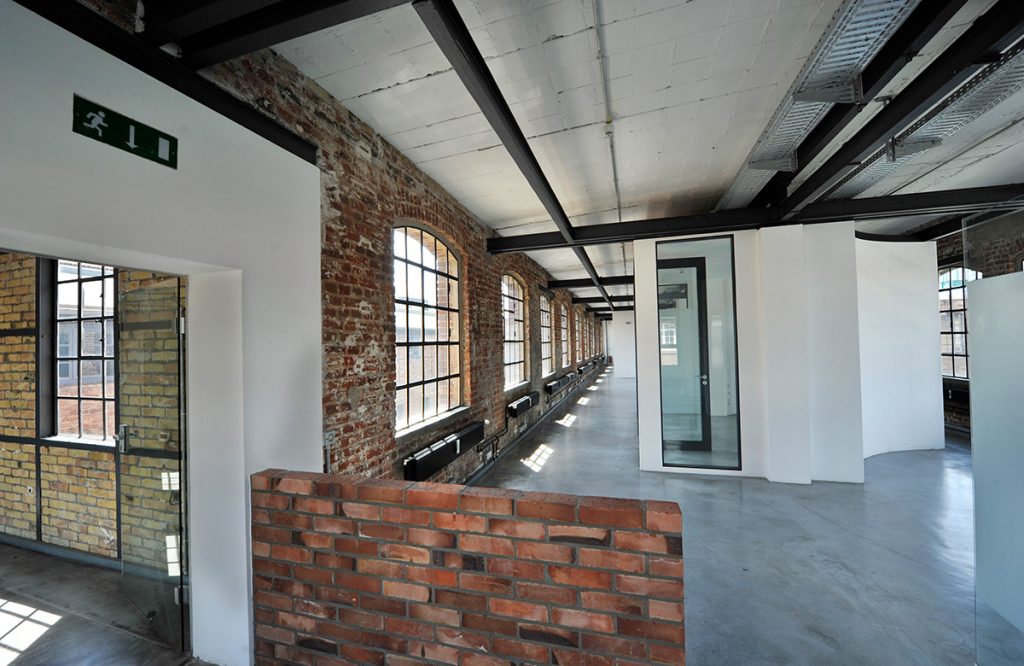History

Over 100 years of contemporary history
The walls of the Heyne factory could tell quite a story. Over the decades of transformation from an industrial to a service location, Heyne Fabrik now has a very solid tenant mix from a variety of industries. There was a time when interim uses for culture, a variety of fashion agencies and creative service providers made up the Heyne Fabrik. The industry mix has expanded significantly in the 2020s to include service providers from the IT and health care sectors, architects, project developers and startups from the fields of new technologies and 3D printing.
THE HEYNE BROTHERS
Turning shop Heyne

Christoph Friedrich Ernst Heyne
1841 – 1915
Georg Johann Heyne
1844 – 1905
“At that time, the Heyne factory was an important manufacturing company in Offenbach”.











